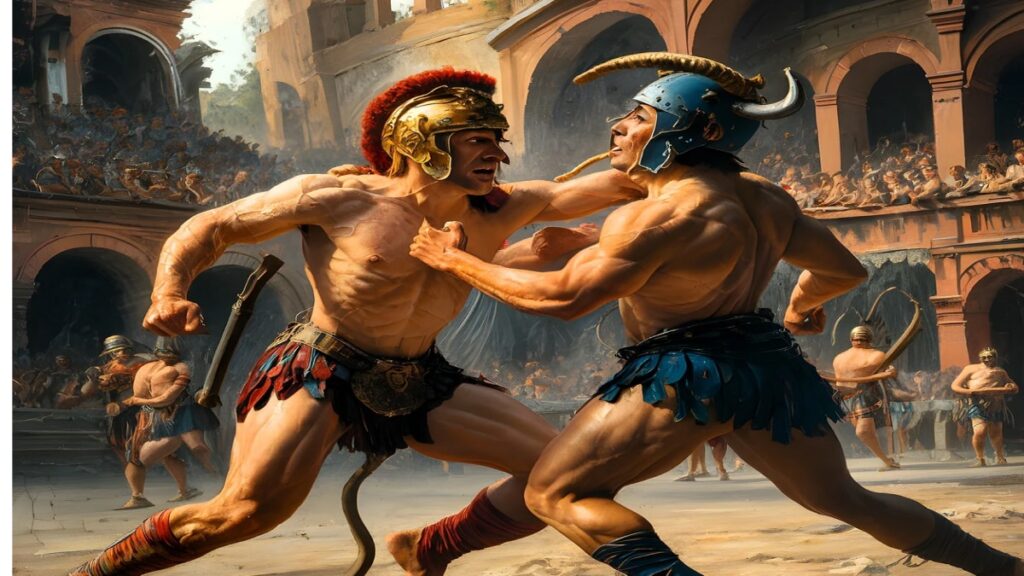The life of a Roman gladiator was filled with violence and danger, but the idea that these fighters always fought to the death is a bit of an exaggeration. Historical evidence shows that while there were deaths, they were not as common as the popular media suggests. Researcher Alfonso Manas of the University of California, Berkeley, told LiveScience that the death rate among gladiators varied over time. Early accounts, such as tomb paintings from the fourth century BC at Paestum, illustrate gruesome injuries, indicating that many early gladiator encounters could indeed be deadly.
Changes in gladiator fights
After significant reforms around 27 BC. BC, especially during the reign of Emperor Augustus and Tiberius, the nature of gladiatorial combat changed. These reforms aimed to reduce the number of deaths in the arena. By the 1st century AD, records from Pompeii suggest that only one in five gladiatorial matches ended in death. It is interesting that the decline in the number of deaths led some free individuals to choose the life of gladiators, in addition to many enslaved fighters, he further emphasizes.
The role of the judge
The presence of the judge, known as the summa rudis, played a key role in maintaining order during the fights. This official could stop the match if one gladiator appeared to be in imminent danger. If a gladiator surrendered by dropping his shield and raising his finger, he could be spared, depending on the wishes of the event organizers.
The rise of brutality
However, the appetite for bloodshed increased in the third century AD, and many fights began to end in the death of the loser. The social climate has shifted towards greater tolerance for brutality, and reports suggest that deaths have become more frequent.
Untrained fighters
Moreover, not all participants in the arena were trained gladiators. Many untrained prisoners, often convicted criminals, faced wild animals, making survival almost impossible. This practice served not only as entertainment but also as a dark warning to the population about the consequences of crime.


